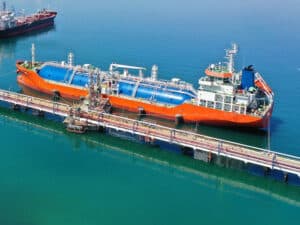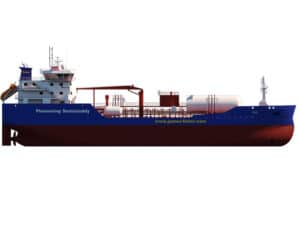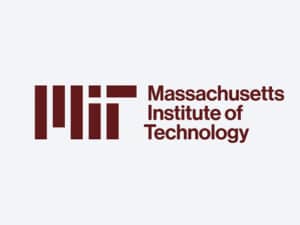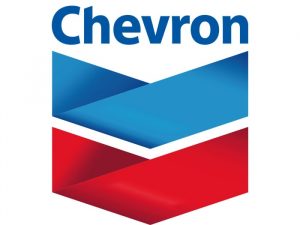
An inside perspective: the dirty facts about clean marine fuels
Written by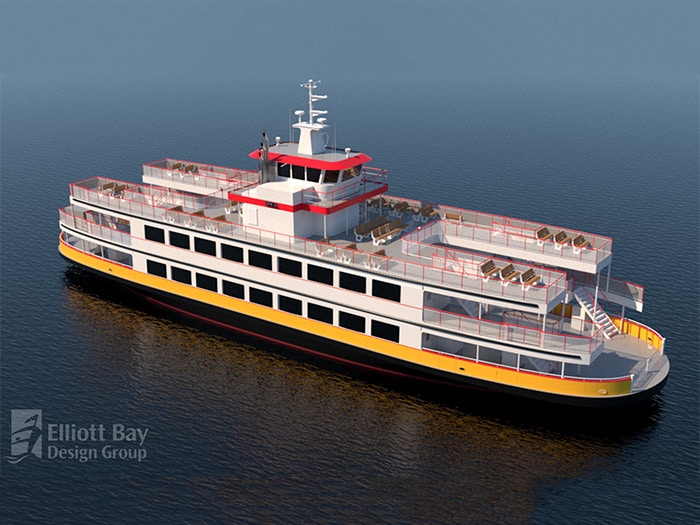
Casco Bay Lines new ferry will feature ABB's hybrid-electric power and propulsion solutions
By Michael Complita, PE, Principal in Charge, Elliott Bay Design Group
It is well studied that pound for pound and passenger for passenger, moving goods and people by water has always been the most environmentally friendly option. Even so, it seems reasonable for the average person to stand on the shoreline, look out at a ship in the harbor and think that something so massive and powerful must also be a major cause of pollution. Let’s talk about marine fuels.
Due in part to this common misconception, and more importantly because our livelihood depends upon a healthy environment, our industry is currently at the forefront of a paradigm shift in propulsion technology, the magnitude of which we have not seen since sails were replaced by steam and then diesel engines.
With the recent release of the new California Air Resources Board (CARB) mandates for in-port emission reduction, most ports across the U.S. and beyond are not only watching how the industry reacts, they are also proactively setting reduction goals of their own. In fact, many ports, such as Seattle and Houston, have set considerably more aggressive goals compared to California. Cargo suppliers are also actively driving change towards a lower emission future. Buyers are choosing more than ever to do business with suppliers who demonstrate a true commitment toward environmental stewardship. Suppliers in turn are looking to all links along the supply chain for similar commitments and waterborne transportation offers significant opportunity to make measurable improvements.
To enhance their competitive advantage, owners and operators of all vessel sizes and types continue their search for the holy grail—a safe, powerful, low-cost alternative to fossil fuels that truly emits zero emissions where marine fuels are concerned. Generating, storing, and using power to move goods and people requires resources, and each stage of the process must be zero emission for any option to be truly emission free. Even battery power has its own dirty secrets.
Electric vehicle owners are often surprised to learn that 80% of the electricity consumed in the U.S. is generated from fossil fuels. While wind, solar and other alternative technologies are rapidly advancing, each of these options also face significant long-term challenges to move the needle toward a truly zero emission power grid. Rare earth elements, increasing impacts on wildlife and the sheer volume of both land and water based real estate needed to deploy these technologies at scale further challenge the notion that renewable electricity is truly “sustainable” over the long term.
Elliott Bay Design Group (EBDG) is an industry pioneer in the design and development of vessels featuring electric, hybrid and alternative marine fuel power systems. Except for nuclear power, we are fortunate to have first-hand practical working knowledge of most of our industry’s most novel and promising new technologies, including fuel cells, methanol reforming hydrogen generation, ammonia combustion engines and rapid battery charging systems. In addition to engineering these cutting-edge vessels, we are also working closely with the U.S. Coast Guard and the major regulatory agencies to develop practical and reliable design standards and operational standards addressing both life and environmental safety.
Based on both the depth and breadth of our experience in the alternative marine fuels and electrification arenas, we have learned three fundamental facts that serve as the foundation for discussion with our clients on each new opportunity.
The Facts
The first fact is that every energy option can be “green washed” to appear damaging to the environment than it actually is. LNG, e-methanol, and biodiesel all emit carbon when consumed. This is a fundamental component of their chemical structure that cannot be altered—but it can be captured! Technology exists today to filter and recycle carbon from the exhaust stream. Coupling this technology with “green” fuels generated from carbon extracted from our atmosphere offers a pathway beyond zero exhaust stack emission to truly reducing net atmospheric carbon. While carbon is considered dirty, no other alternative offers this advantage.
Ammonia is the second highest volume chemical produced worldwide and when burned emits zero carbon. As such, many major carriers, such as Maersk and Amazon are actively investing in related technology and infrastructure. Despite being carbon free, surprisingly, ammonia is presently the number one polluter in worldwide chemical production and consumes 2% of the world’s fossil fuel supply annually. It is also highly toxic to humans as well as the environment.
Ammonia fueled engines emit other greenhouse gases such as Nitrous Oxide and Nitrogen Oxide as well as residual unburned ammonia. As with methanol, technology is developing at a rapid pace to minimize these byproducts and green methanol production is quickly expanding to the volumes necessary to serve as a reliable worldwide fuel source. With these advancements, ammonia will undoubtedly play a key role in meeting maritime emission reduction targets around the globe.
Even solar, wind and battery, which are considered the greenest of current commercial technologies, have considerable environmental challenges relating to production and end-of-life recycling. The University of Cambridge estimates 43 million tons of blades will be decommissioned over the next 20 years. These blades range from 100 to 300 feet in length, have no residual value and are notoriously difficult to recycle. As such, they are typically cut into truckable pieces and buried in landfills. Solar cells and many battery technologies have similar recycling and disposal challenges. We are also just beginning to understand the impacts on wildlife these installations have at the scales needed to meet our sustainability goals.
The second fact is no other marine fuels or energy source will be as safe, convenient, and cost effective as diesel fuel for generations to come. The energy density of both methanol and ammonia is less than half that of diesel. LNG and hydrogen must be stored at high pressure and low temperature and have similar or lower energy densities. In other words, you can only travel half the distance on a gallon of these alternative fuels compared to diesel. In similar fashion, the amount of energy which can be stored in batteries of equivalent size and weight to diesel engines and diesel fuel may get you 10% of the operational time and range at best. These challenges make it impractical to repower most existing vessels with emerging alternatives and new designs will look unfamiliar as they evolve and adapt.
The third fundamental fact is there is no single new technology on the horizon that will be the best and obvious right choice for every application. Range, power demand profile, fuel access and carrying capacity, reliability and cost are just some of the many factors that must be considered, prioritized, and balanced.
Sorting out the Options
With so many challenges and uncertainties, until recently, most owners and operators have understandably been patiently waiting to see which options best fit into the complex technological and regulatory puzzle. Fortunately, a few brave souls are accepting the risk and moving forward with first-of-their-kind vessel newbuilds and modifications as well as related investments in infrastructure improvements.
EBDG is presently working with Louisiana-based Maritime Partners, who has commissioned the world’s first vessel powered by methanol reforming technology, the Hydrogen One. This technology, developed in the U.S. by e1 Marine, produces and consumes fuel cell grade hydrogen on-demand from blended methanol and water. Fuel cells then convert the hydrogen to electric propulsion power. Unlike fuel burned in a combustion engine, reforming separates hydrogen via a thermal and chemical reaction process. This process occurs at a much lower temperature and the resulting carbon emitted is considerably denser thereby making it easier to collect. When properly configured, reforming also uses fuel more efficiently than a combustion engine because the active reforming units are continuously operated at their optimal output.
As green ammonia production ramps up, infrastructure is evolving to move it to ports and terminals for bunkering to ships. EBDG is working closely with key partners all along the supply chain and in the coming months will be introducing new and novel designs presently under development.
Hybrid and all-electric options tend to be the optimal choice for most passenger and vehicle ferry operations. With short routes and dedicated terminals, they are well suited to smaller battery banks coupled with rapid charging.
Casco Bay Lines of Portland, Maine, and the Trust for Governors Island in New York are currently constructing EBDG-designed hybrid-electric passenger-vehicle ferries. Louisiana Department of Transportation & Development, Washington State Ferries, San Francisco Bay Area Water Emergency Transportation Authority, and Whatcom County of Washington State are amongst other operators EBDG is supporting with electrification of their ferry fleets.
These examples highlight just a few of the wide range of exciting new technologies and vessels that will soon hit the water. Each one will be a working prototype seeking to prove its merit and find its niche. Will any become as robust, reliable, and ultimately conventional as the modern diesel engine, only time will tell.
One final fact is that the building blocks of a cleaner, greener maritime future are being laid today and that future is no longer beyond the horizon.


